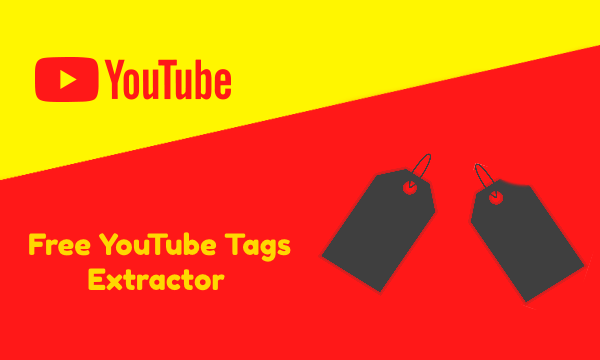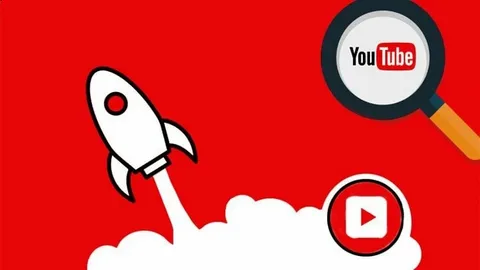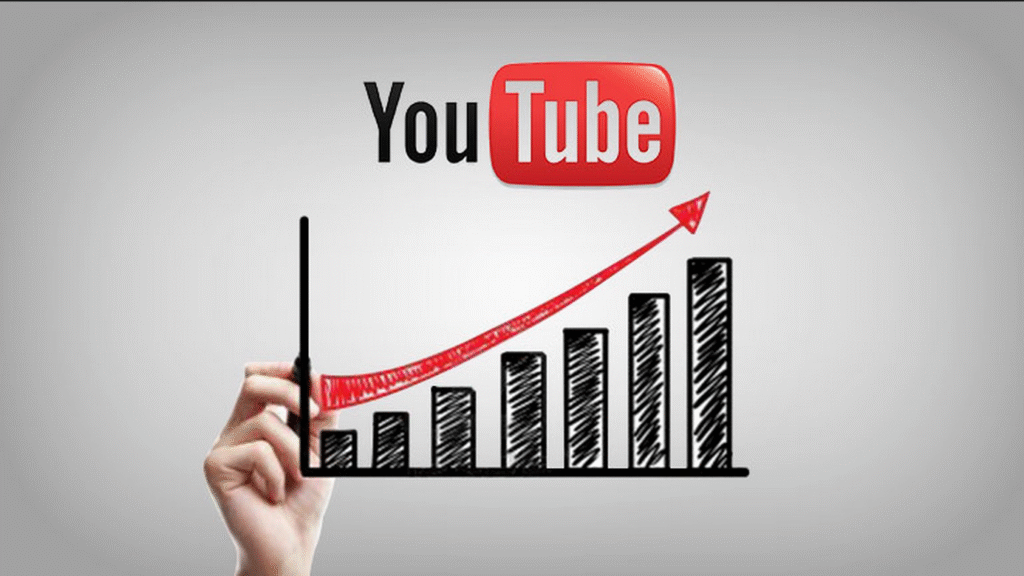YouTube tags are a crucial yet often misunderstood part of video optimization. These behind-the-scenes keywords help YouTube understand what your video is about, improving its chances of showing up in relevant searches and suggestions.
Although their importance has declined over time, tags still play a valuable supporting role, especially for niche content or tricky spelling variations.
In this guide, you’ll learn exactly what YouTube tags are, why they still matter in 2025, and how to use them effectively to boost your video’s reach.
What Are YouTube Tags?
YouTube tags are a form of metadata—short keywords or phrases that describe the content, context, and category of your video. They are not visible to the public (unlike hashtags) but are entered in the backend during the upload or editing process through YouTube Studio.
These tags signal to YouTube’s algorithm what the video is about. They act as supporting context to the title and description, helping YouTube match the video to relevant search queries or suggested video feeds.
While tags were once a more prominent SEO factor, YouTube has shifted its focus toward other elements like watch time, click-through rate, and audience retention. According to YouTube’s official Help Center, Tags can be useful if the content of your video is commonly misspelled. Otherwise, tags play a minimal role in helping viewers find your video.
That said, tags still offer value in specific cases—especially for content with ambiguous titles, unusual terminology, or spelling variations.
Why Tags Are Still Important in 2025
In 2025, YouTube’s algorithm heavily prioritizes engagement metrics like watch time, audience retention, and click-through rate. Yet, tags remain a valuable secondary signal—particularly for videos with ambiguous topics, niche subjects, or uncommon terminology.
Tags help reinforce a video’s context when YouTube’s machine learning systems struggle to identify themes. This becomes especially useful when:
- Titles or descriptions use slang or creative phrasing
- Audio lacks clarity or captions
- The content is in a less common language or dialect
- Spelling variations or typos are likely in search queries
While tags no longer serve as a primary ranking factor, their strategic use still aids initial discoverability and content classification. They act as fallback metadata during the early indexing phase.
According to Brian Dean of Backlinko, Tags are still important for video SEO because YouTube uses them to understand your video’s topic. He also notes that when your tags closely align with those of popular, related videos, your content is more likely to appear in the “Suggested Videos” section—a major traffic source for many channels.
While tags won’t carry your video alone, they remain a smart optimization tool for improving YouTube’s contextual understanding and boosting reach within relevant recommendation loops.
How to Add Tags to a YouTube Video (Step-by-Step)
Adding tags to your YouTube video is a simple but important part of your upload process. Whether you’re uploading a new video or editing an existing one, YouTube Studio provides a dedicated field for tags under the Details section.
A. Adding Tags While Uploading a New Video
- Log in to your YouTube account.
- Click the Create icon at the top-right corner and select Upload Video.
- Drag and drop your video or choose a file to upload.
- Fill in your Title, Description, and Thumbnail.
- Scroll down and click on “Show More” below the Description field.
- Locate the Tags field.
- Enter your keywords and phrases (separate them with commas).
- Complete the rest of your settings and click Next through each step.
- Click Publish to finalize.
B. Adding or Editing Tags on an Existing Video
- Go to YouTube Studio (studio.youtube.com).
- In the left menu, click on Content.
- Hover over the video you want to edit and click the pencil icon (Details).
- Scroll down and click “Show More.”
- In the Tags field, add or update your tags.
- Click Save in the top-right corner.
Best Practices for YouTube Tags
Adding tags isn’t just about stuffing keywords—it’s about guiding YouTube’s algorithm to understand your content’s core theme and intended audience. To get the most out of the 500-character limit, follow these best practices:
1. Prioritize Relevance Over Volume
While you should only include tags that accurately describe your video, you don’t have to come up with them entirely on your own. There are free YouTube tag generator tools available online that can help you brainstorm relevant keywords based on your video’s topic.
These tools can save time and give you ideas you might not think of, but always review their suggestions carefully. Irrelevant or misleading tags, even if generated automatically, can violate YouTube’s spam policies and damage your channel’s trust and visibility.
2. Use a Mix of Broad and Specific Tags
Balance between general topics and niche keywords. This ensures your video shows up in both high-volume and focused search queries.
3. Include Common Variations and Misspellings
Tags are especially useful for capturing alternate spellings or phrasing. According to YouTube’s own Help Guide, “Tags can be useful if the content of your video is commonly misspelled.”
4. Don’t Repeat Title or Description Verbatim
YouTube already reads your title and description, so repeating exact phrases as tags offers little value. Instead, add supporting terms or secondary keywords not already covered.
5. Stay Within the 500-Character Limit
YouTube caps the tags field at 500 characters total. Use this space to include 5–15 highly focused tags rather than overloading it with loosely related terms.
6. Update Tags Over Time
As your audience grows or trends shift, revisit older videos to refresh tags with current, more effective keywords.
Used thoughtfully, tags serve as a bridge between your content and the right audience—especially when your video’s theme is niche or not obvious from the title alone.
Conclusion
While tags are no longer the primary factor in YouTube SEO, they remain a helpful tool for clarifying your video’s topic, especially when titles or descriptions might be unclear.
By carefully selecting relevant, specific, and properly spelled tags, you give YouTube’s algorithm valuable signals to categorize and recommend your content more effectively.
Following best practices — such as mixing broad and niche keywords, avoiding repetition, and updating tags regularly — ensures your videos stay discoverable and relevant, helping you reach the audience that truly matters.




